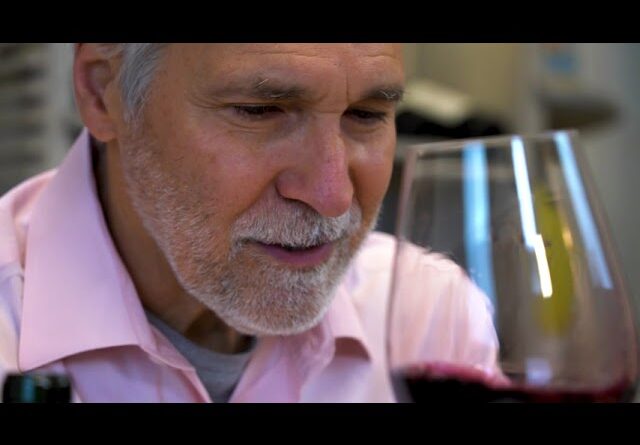The sparkling wine from Northern Italy, Prosecco (often referred to as Italian Champagne, which couldn’t be further from reality) is one of Italy’s most popular exports along with pizza, pasta, fast cars, and the Aperol spritz—made, of course, with Prosecco. And as Karen MacNeil reports in her 3rd edition of the Wine Bible published in 2022, every year since 2016, Italy has made more sparkling wine than any other country in the world, the majority of which is Prosecco (according to OIV, International Organisation of Vine and Wine).
Prosecco is a sparkling wine that is fruity and fresh and meant to be drunk young. For a comparison of Prosecco against other sparkling wines, be sure to check out An Introduction to Sparkling Wines Around The World.
What Makes Prosecco, Well, Prosecco?
All wines labeled Prosecco must be made from the Glera grape, and those grapes must be grown in either the Veneto region or Friuli-Venezia-Giulia in northeastern Italy. There are other white wine grapes that can be added, but they can only comprise 15% of the total blend. The other 85% must be Glera grapes.
There is one exception to this: in 2020, Prosecco DOC Rosé was created. For this pink Prosecco, fermentation in the tank is 60 days instead of Prosecco DOC’s 30; and up to 15% of Pinot Noir grapes may be mixed with Glera. Personally, I love the Prosecco DOC Rosé wines. Pinot Noir adds complexity and berry flavors to the wine and gives more depth of flavor and aroma. Bonus: they are a great price for sparkling rosé wine.

A delicious example of Prosecco Rosé is Caposaldo Prosecco DOC Rosé Brut Millesimato made from hand-picked grapes from northern Italy’s Veneto and Friuli-Venezia Giulia regions. It contains 85% Glera and 15% Pinot Nero, which gives it a blush-rose hue. It has fragrant notes of strawberries, raspberries, red currants, and cherries that give way to peach, apricot, and a floral finish with just a hint of minerality.
How Is Prosecco Made?
Aside from the varietal and geographical delineations, the method of fermentation is what sets Prosecco apart from many other sparkling wines. Prosecco is often referred to as Italian champagne, but this is far from accurate. Prosecco utilizes the Metodo Italiano, also referred to as the Charmat method, because it is fermented in large pasteurization tanks. It does receive two fermentations like Champagne, but the second is in the stainless steel tanks, not the bottle. The wine is bottled only after fermentation is complete.
Just as you can not label French sparkling wine Champagne unless the grapes are actually grown in the Champagne region of France, you can’t label Italian sparkling wine Prosecco unless it is made up of 85% Glera grapes grown in the Veneto or Friuli regions of Italy.
DOC vs DOCG
All Prosecco is produced under strict guidelines designed to ensure quality and authenticity. The two main designations are DOC and DOCG.

DOCG: Denominazione di Origine Controllata e Garantita, which means in “Controlled and Guaranteed Designation of Origin.” DOCG is the highest and most strict qualification an Italian wine may receive. In fact, no wine can be DOCG without first being DOC. There will be a stamp of guarantee on the neck of the bottle. DOCG wines are slightly more expensive but worth it. DOCG Prosecco Superiore is produced in the Valdobbiadene region in the Veneto.
DOC: Denominazione di Origine Controllata, which means “Denomination of Controlled Origin.” Even though the DOC designation lacks the word “guarantee,” you can be sure you’re still getting Italian Prosecco made in the country’s Veneto or Friuli region with a minimum of 85% Glera. You will see a stamp on the neck of the bottle. Eighteen percent of all wines made in the Veneto, including Prosecco, fall into the DOC category because 80% of the Prosecco region is designated DOC.
Caposaldo Prosecco DOC is made from hand-harvested, 100% DOC-rated vines. Intense fruit aromas carry over to a hint of complexity on the palate. The aromas of citrus and green apple dance lightly on the tongue. This is a brut-style wine with persistent bubbles, dry, and a great value.
We know…there are lots of confusing rules, regulations, and long, many-syllabled words out there on Italian wine labels. For an in-depth exploration of labels including DOC and DOCG, read De-Mystifying the Italian Wine Label.
Feeling smart? Test yourself: Name that Italian DOC or DOCG and, if you ace that, Italian DOC / DOCG Quiz 2









